Deconstructing “A Boy Named Charlie Brown”: A Deep Dive into its Enduring Appeal
“A Boy Named Charlie Brown,” the classic animated feature from 1969, transcends its humble origins as a comic strip adaptation to deliver a masterful narrative. This film eloquently captures the universal experiences of childhood, navigating themes of self-discovery, friendship, and resilience through the relatable lens of Charles Schulz’s beloved “Peanuts” characters. Its continued relevance stems from its timeless exploration of human emotions and its deceptively simple yet profound execution.
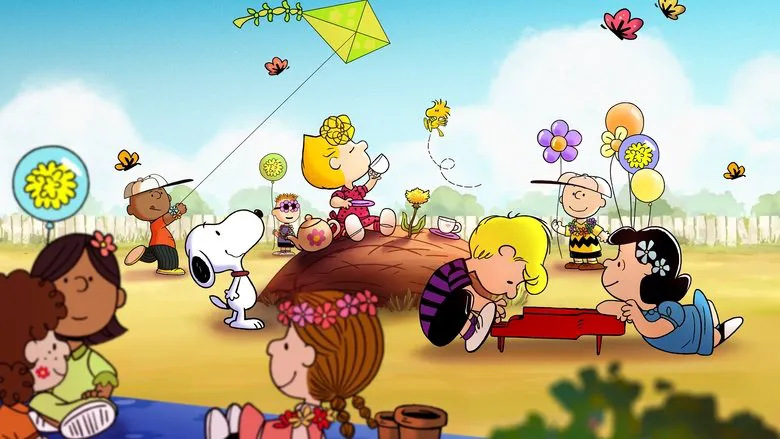
Intricate Plot Structure Analysis
The narrative architecture of “A Boy Named Charlie Brown” is a carefully constructed journey, unfolding in distinct, purposeful segments that guide the audience through its emotional landscape.
- Introduction and Character Foundation: The film gracefully commences by introducing viewers to the iconic world of Charlie Brown and his distinctive circle of friends. This initial phase meticulously spotlights their individual quirks and established routines, providing essential groundwork. We are reacquainted with Charlie’s loyal companion, Snoopy, the philosophical Linus with his ever-present security blanket, and the opinionated Lucy. This foundational segment is paramount for establishing the intricate character dynamics and setting the endearing pastoral backdrop against which the story subtly unfolds.
- Unveiling the Central Conflict: The emotional core of the movie crystallizes around the spectrum of challenges and inherent setbacks faced by Charlie Brown and his companions. This includes Linus’s poignant struggle with insecurity, often manifesting through his attachment to his blanket; Lucy’s famously overbearing and often unsolicited advice; and, most prominently, Charlie Brown’s deeply personal quest for self-discovery and a longed-for victory. These multifaceted conflicts are masterfully unveiled through a series of engaging yet subtle events and interactions, inviting viewers to delve into the characters’ inner worlds and witness their nuanced personal evolutions.
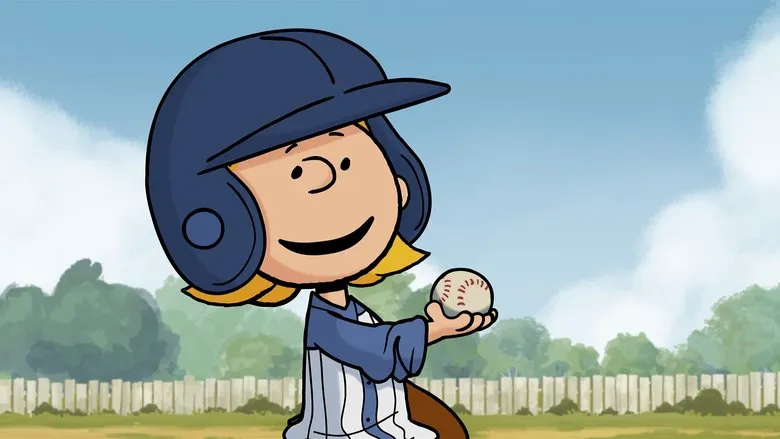
- Development and Pivotal Story Arcs: As the narrative arc progresses, a series of key turning points emerge, acting as emotional and thematic catalysts. These moments often manifest as subtle shifts in established relationships, profound personal discoveries, or critical adjustments in the characters’ individual objectives. Such pivotal moments don’t just propel the narrative forward; they artfully introduce new layers of thematic complexity, deepening audience engagement and empathy.
- Thematic Climax: The film’s climax represents the zenith of both tension and thematic significance. While not an explosive crescendo, it encompasses moments of intense internal confrontation, critical decisions that define character, and revelatory insights. This segment, though understated, is typically the most gripping and emotionally resonant part of the story, particularly in its reflection of Charlie Brown’s internal struggles.
- Resolution and Thoughtful Conclusion: The film culminates in a resolution that gracefully addresses the central conflicts or provides a quiet sense of closure for the characters’ personal journeys. It often offers a subtle summary of the plot’s key elements, leaving the audience with lingering thoughts and a gentle sense of reflection, reinforcing the film’s core messages of optimism and perseverance.
“A Boy Named Charlie Brown” has deservedly garnered widespread acclaim for its deceptively lighthearted and humorous storyline, underscored by its gallery of truly memorable and iconic characters. Through the unfolding plot and the intricate interactions between characters, the film tenderly explores universal themes of friendship, the complexities of family dynamics, and the indispensable journey of personal growth, all while championing values of unwavering optimism and a positive outlook on life, even in the face of repeated setbacks.
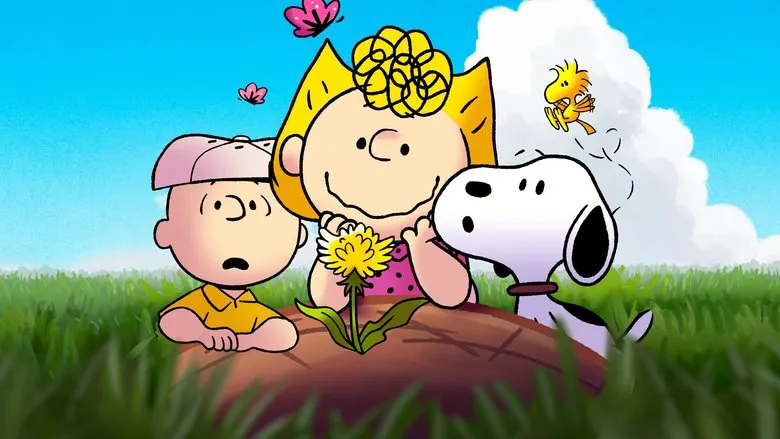
Delving into Character Development
The character development in “A Boy Named Charlie Brown” is exceptionally nuanced and thoughtfully crafted, with each character possessing deeply unique traits that leave a profoundly lasting impression on the audience, making them feel real and relatable.
- Charlie Brown: The Everyman Protagonist: As the earnest protagonist, Charlie Brown is meticulously portrayed as a kind-hearted, inherently intelligent, yet refreshingly insecure young boy. He frequently confronts adversity and inevitable setbacks, whether it’s losing a baseball game or failing to kick a football, but he consistently maintains an indomitable spirit of optimism and perseverance. Charlie Brown’s character embodies the quiet internal struggles of self-identity and the yearning for self-acceptance, thereby fostering deep empathy and an undeniable emotional connection with viewers of all ages.
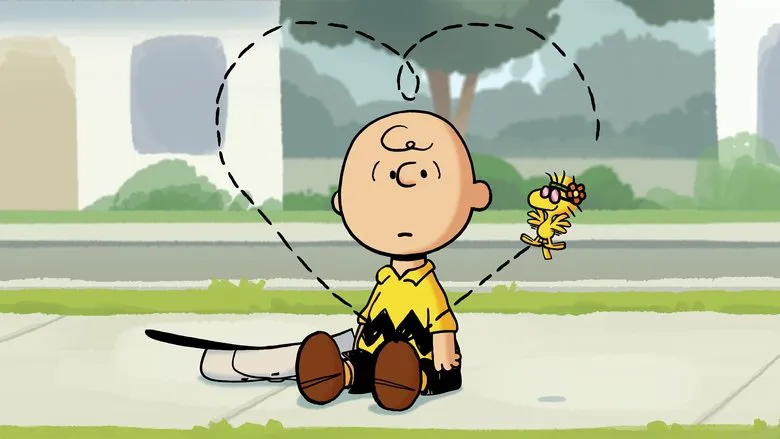
- Snoopy: The Imaginative Loyalist: Snoopy, Charlie Brown’s incredibly loyal canine sidekick, is brilliantly depicted as an intelligent and resourcefully charming beagle who often steals the show. He indulges in fantastical imaginative scenarios and comical high-flying adventures, frequently employing his utterly unique and resourceful methods to assist Charlie Brown in overcoming challenges. Snoopy’s vibrant presence inherently injects copious amounts of humor, boundless energy, and whimsical entertainment into the film, standing as a delightful symbol of unwavering friendship and steadfast loyalty.
- Linus Van Pelt: The Philosophical Confidant: Linus, Charlie Brown’s close confidant and the voice of reason among his peers, is famously characterized by his constant, reassuring companion: his beloved security blanket. He is portrayed as an exceptionally intelligent and deeply compassionate child who frequently offers profound wisdom and unwavering support to Charlie Brown. Linus’s character gracefully underscores the profound significance of faith, quiet courage, and intrinsic knowledge, acting as the film’s philosophical anchor.
- Lucy Van Pelt: The Assertive Voice: Lucy is hilariously depicted as a confident, often bossy, and somewhat arrogant girl who frequently, and often unsolicitedly, interferes in the affairs of Charlie Brown and others. Her character cleverly sheds light on the inherent power dynamics and comical conflicts within interpersonal relationships, while simultaneously showcasing an intriguing blend of self-assurance and surprising resilience beneath her brash exterior.
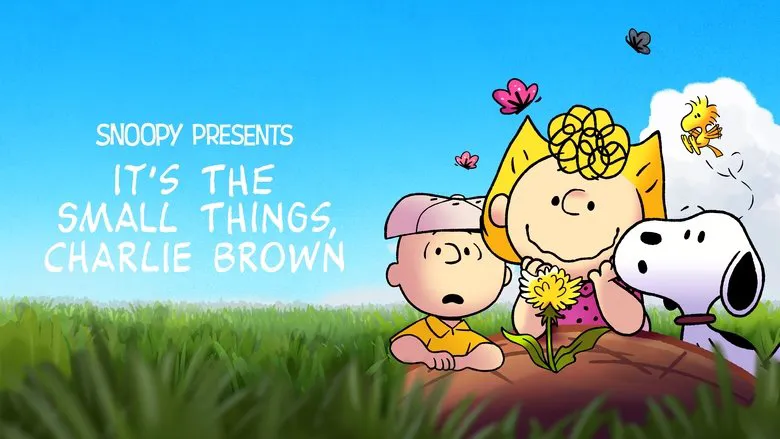
- Schroeder: The Artistic Soul: Schroeder is elegantly portrayed as a prodigious and dedicated musician with an abiding passion for playing his miniature piano, almost exclusively classical pieces. His character embodies the purest values of art and passionate devotion, and his beautiful, often classical, music significantly enhances the film’s overall ambiance and emotional depth, providing a sophisticated backdrop to the simple narratives.
Through these diverse, thoroughly explored, and immensely well-developed characters, “A Boy Named Charlie Brown” vividly illustrates the inherent conflicts, delightful interactions, and inevitable growth that occur between individuals with varying personalities. Each character contributes significantly to the film’s overarching themes in their own unique and unforgettable way, creating a rich tapestry of childhood experience.
Commendable Directorial Techniques
The director of “A Boy Named Charlie Brown” employed a range of distinctive and effective techniques to craft a truly memorable and impactful cinematic experience that perfectly captures the spirit of its source material.
- Classic Animation Style: The film lovingly adopts a classic, hand-drawn cartoon animation style, meticulously preserving the quintessential visual characteristics and charming aesthetic of Charles Schulz’s original comic strip. This deliberate artistic choice evokes an immediate sense of comforting nostalgia and heartfelt warmth, perfectly complementing the emotionally resonant story and the timeless personalities of the characters.
- Masterful Use of Humor and Satire: The director skillfully employs both gentle humor and subtle satire, utilizing clever dialogue and nuanced character behavior to thoughtfully expose the endearing absurdities and relatable contradictions of real life, particularly from a child’s perspective. This sophisticated yet accessible approach subtly challenges conventional norms and encourages viewers, both young and old, to contemplate deeper socio-emotional issues.
- Profound Emotional Depth: The director remarkably conveys genuine, often raw, human emotions, fostering a strong and palpable emotional connection with the audience. Whether it’s Charlie Brown’s palpable insecurity and relatable confusion, or the endearing bonds of friendship and sincere affection between characters, the film sensitively captures the intricate complexities and underlying depths of the human emotional spectrum, making it incredibly easy for viewers to empathize deeply with every character’s journey.
- Engaging Narrative Pacing: The film ingeniously utilizes a brisk, engaging narrative style, characterized by rapid yet smooth scene transitions and a continuous flow of events designed to consistently maintain audience interest and unwavering attention. This approach powerfully enhances the film’s overall engagement, making it remarkably difficult for viewers to disengage from the unfolding story.
- Exceptional Music Integration: The film’s musical selections and their seamless integration are truly exceptional, acting as an indispensable complement to the storyline and profoundly enhancing the emotional impact and overarching atmosphere. The rhythmic qualities and evocative melodies of the music resonate deeply with the characters’ innermost emotions and outward actions, collectively creating an incredibly immersive and universally moving viewing experience that transcends animated boundaries.
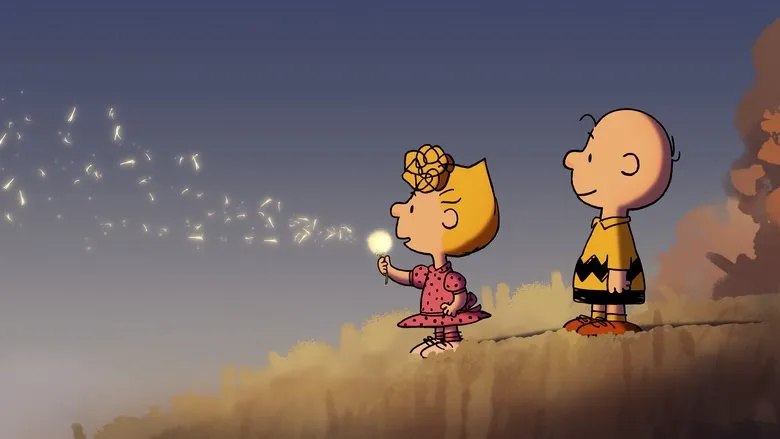
These directorial techniques collectively converge to forge the unique style and enduring appeal of “A Boy Named Charlie Brown,” transforming it into a truly compelling and surprisingly profound work of art. By skillfully orchestrating these creative choices, the director successfully captures the very essence and timeless themes of the original comic strip, bringing them vividly to life on the big screen.
Enduring Themes and Rich Symbolism
The themes and symbolism embedded within “A Boy Named Charlie Brown” permeate the entire narrative and character development, powerfully emphasizing the fundamental significance of personal growth, the unwavering power of friendship, the crucial journey of self-acceptance, and the profound meaning inherent in life’s simplest moments.
- Growth and Self-Acceptance as a Core Journey: The protagonist, Charlie Brown, consistently grapples with pervasive feelings of inadequacy and recurrent setbacks. However, through his poignant encounters with various challenges, he gradually matures, developing a quiet resilience and learning to lovingly embrace his inherent imperfections. This central theme underscores not only the inevitable obstacles and difficulties intrinsic to the process of growth but also the paramount importance of unconditional self-acceptance.
- The Strength of Friendship and Mutual Support: The film beautifully showcases profound, often unspoken, bonds of friendship and unwavering support among its diverse characters. Charlie Brown’s steadfast loyal companion, Snoopy, along with his other unique friends, consistently offer warmth, encouragement, and invaluable assistance during his many times of adversity. This heartwarming theme highlights the irreplaceable significance of true friendship and the immense strength derived from mutual support in bravely overcoming life’s challenges.
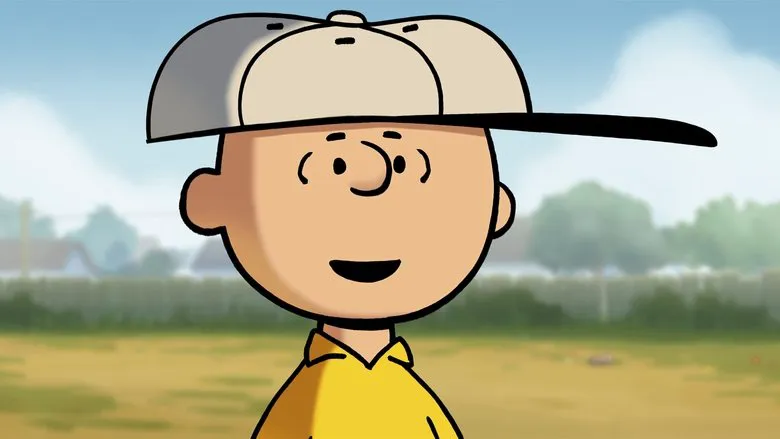
- Self-Identity and the Pursuit of Purpose: Each of the beloved characters embarks on their own unique quest to meticulously discover their place and inherent purpose in the world, enthusiastically exploring their individual interests and passions. They organically express themselves through their distinctive methods and resolutely pursue their innermost goals and aspirations. This powerful theme emphasizes the liberating importance of pursuing personal dreams and courageously embracing one’s true, authentic self.
- Uncovering the Meaning and Value of Everyday Life: Through its sensitive depiction of small, often overlooked moments and the wonderfully ordinary fabric of daily life, the film conveys essential concepts and timeless values about what truly matters in life. It gently reminds viewers that profound beauty and deep meaning can indeed be found in the most mundane everyday experiences, and that each individual, regardless of their perceived flaws, inherently possesses unique and irreplaceable value and purpose.
- The Dynamic Contrast Between Fantasy and Reality: The film skillfully juxtaposes its trademark humor and imaginative, often fantastical elements, particularly evident in Snoopy’s escapades, with the subtle yet ever-present conflicts of real life. Through iconic characters like Snoopy and Charlie Brown, the film articulates the delightful tension and necessary balance between one’s rich inner world and the demands of external reality.
These interwoven themes and symbolic elements collectively enrich the film’s tapestry, kindly prompting viewers to contemplate profound questions about life and self, while simultaneously instilling a comforting warmth and hopeful optimism, gently encouraging them to maintainourage and resilience in the face of inevitable adversity.
A Timeless Conclusion: The Enduring Legacy
“A Boy Named Charlie Brown,” released in 1969 and directed by the skilled Bill Melendez, triumphantly stands as a multi-genre cinematic achievement, spanning drama, comedy, animation, and family entertainment.
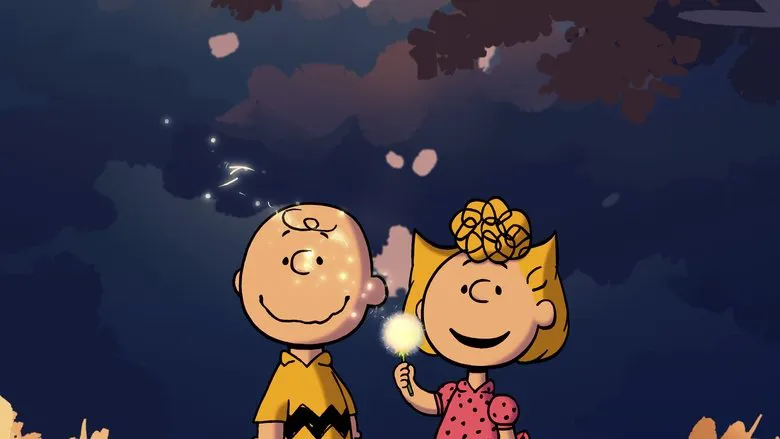
Adapted with affectionate fidelity from Charles Schulz’s universally cherished “Peanuts” comic strip series, the film poignantly tells the ongoing story of Charlie Brown and his unforgettable circle of friends. Presented in its quintessential animated form, the film masterfully showcases the endearing characters and timeless storylines from the comic strip, unfailingly bringing forth laughter, warmth, and a deep sense of familiarity through its heartfelt portrayal of both friendship and the enduring bonds of family.
The film humorously yet sensitively depicts the every-day life experiences and the tender coming-of-age stories of young Charlie Brown and his diverse group of friends. They navigate a series of varied everyday adventures and relatable challenges, all while remarkably maintaining an admirable optimism and quiet courage in the face of frequent setbacks and disappointments. The film’s signature humor and witty, often philosophical, dialogue unfailingly provide viewers with an imminently enjoyable and deeply uplifting experience that resonates across generations.
“A Boy Named Charlie Brown” holds a unique and broad appeal, captivating both young audiences discovering the Peanuts gang for the first time and adults who grew up with their timeless wisdom. Through its lighthearted yet deeply empathetic storyline and universally relatable character emotions, it artfully conveys positive values such as unyielding optimism, the profound importance of true friendship, and the irreplaceable value of family connection.
With its uniquely charming style and universal themes that transcend cultural boundaries, “A Boy Named Charlie Brown” has garnered widespread critical acclaim and remains, to this day, a cherished and iconic piece of family entertainment, proving that even life’s perpetual underdog can win the hearts of millions.